Taxiphyllum sp Flame/ Flame Moss (on rock)/ loose portion/ mesh
Original price was: ₹500.₹330Current price is: ₹330.
15 in stock
Description
Quantity: on rock
Origin:
Light requirement: Low & Medium
Plant positioning: On driftwoods, Rocks, floating, etc.
CO2 requirement: Low & Medium
Plant difficulty level: Easy
Plant Propagation: Cuttings
Flame moss
The flame moss is a rare species of spreading aquatic moss that is becoming more and more well-known among hobbyists. Its scientific name is Taxiphyllum sp. “Flame.” It grows naturally in South Asia and South-East Asia, mostly in various bushes of cold river water that flows gradually. The unusual growth pattern of flaming moss is well known. It has the power to add a vibrant green shimmer of vegetation to any aquarium tank. It is one of the most common mosses used as a decorative plant in any freshwater aquarium because of its amazing appearance, low maintenance needs, and lighting requirements.
The flame moss has an amazing appearance. Flame mosses are a type of flora that can enhance the aesthetic of any aquarium tank with their beautiful green shimmer. The development pattern of these varieties of aquatic emerald green is a distinguishing characteristic.
Flame mosses have a distinctive upward twisting growth pattern, which is accentuated when they are attached to rocks or driftwood. The flaming moss can spiral up to around 3 to 4 inches when housed in an aquarium tank. The plant’s thick, spiralling shoots develop upward, and when they group up, they give the appearance of a flaming flame. Hence, “Flame Moss” was given.
Due to its numerous rhizoids, which are exceedingly small filamentous outgrowths used by the flame moss to adhere to a substrate, the flame moss receives nutrients from soil and water. The fish, shrimp, and other aquarium inhabitants can find the right refuge and protection in the flaming moss. Flame mosses can also produce food sources like biofilm and infusoria.
Flame Moss Care
In order to survive, flame moss often needs proper care, primarily in an aquarium tank. The flaming moss is perfect for any aquarist because it can be easily maintained in a variety of aquarium temperatures. However, there are important considerations one must make, just like with many other aquarium inhabitants, if one is thinking about keeping Taxiphyllum sp. ‘Flame’. Let’s examine a few of them.
Flame Moss Light Requirement
Flame mosses may photosynthesize and thrive without a powerful aquarium light. Because of this, flaming moss is a great plant for aquariums with basic technology and no insane lighting setup. The flaming moss will burn or dry out if exposed to direct sunlight for an extended amount of time. When installing a lighting system in an aquarium tank, the tank should be placed away from UV-producing artificial lights and out of the direct path of sunlight. Attempt to use lighter, cooler hues that mimic a cloudy day.
Flame Moss Temperature
In its natural environment, flame moss typically has a temperature range of 68–83°F (20–28°C). It is best to keep in mind when harbouring flame moss because a strong water current will rip the flame moss off the surface or ground to which it has adhered itself easily. Flame mosses prefer water that is colder and has some kind of slow flow or circulation. The use of an aquarium filter with slow circulation is advised.
Flame Moss Water pH
Even though flame mosses are freshwater plants, they may survive in waters that are only slightly dark. Additionally, flaming moss seems to favour waters with a lower PH and hardness. The pH of the aquarium water is optimum when it is between 6 and 7.5 for flame mosses. But the Taxiphyllum sp. “Flame” will also grow more successfully in slightly more acidic water as opposed to basic water.
Flame Moss Growth Rate
It’s well known that aquarium moss grows slowly. Flame Moss normally grows slowly, like many other aquarium moss species do. Its development rate might be accelerated with enough light, nutrition, and CO2 infusion, though.
They have the capacity to expand horizontally in all directions and cover the surface they have fastened to with their bushes. The Taxiphyllum sp. ‘Flame’ will frequently stray from its typical pattern of growth, however, and grow in an odd spiralling fashion vertically upwards to a height of around 6 inches.
Flame Moss Height
Taxiphyllum sp. ‘Flame’ has thick, spiralling shoots that can reach lengths of 4 to 6 inches. However, flame mosses normally won’t grow longer than 3 inches when kept completely submerged in a tank. Flame mosses, as was already mentioned, have a whirling shoot that weaves together to create the optical illusion of a burning flame. The majority of these flames are dense and dark green in hue.
Flame moss CO2 requirement
Generally, CO2 is not totally a necessity for the growth of a flame moss, but injecting CO2 into the aquarium tank will result in the best development and a more colorful appearance of the Flame Moss. Flame mosses do not demand a steady supply of CO2 or nutrient supplements for a fast and healthy growth. Without additional CO2 or extra nutrients, by simply keeping a properly maintained aquarium tank, you are set for success.
Flame Moss in an Aquarium: Growing Techniques
Despite being an aquatic plant, Taxiphyllum sp. ‘Flame’ can survive without being completely submerged in water. Depending on your preference, you can keep the Taxiphyllum sp. “Flame” anyplace in the aquarium tank by letting it float on the water’s surface or by securing it to the substrate. However, bear in mind that plants frequently require water for nutritional purposes, so you must occasionally ensure they come into contact with water even if you would prefer to keep the plant out of the water.
Flame Moss Propagation
You can use a knife or pair of scissors to divide them into smaller pieces as soon as flaming moss begins to sprout. You can plant the smaller pieces wherever you wish inside the aquarium tank after cutting them into the desired fragments, and you can observe as they develop similarly to their parents.
How to Plant Flame Moss in an Aquascape
Like most other mosses, the Taxiphyllum sp. ‘Flame’ is remarkably versatile. As a result, they can be employed in a variety of ways to adorn the aquarium. By securing them to each layer of the substrate, you may chose to utilise them to create a carpet in your aquarium. By securing them to the inside sides of the tank, you may also use them to layer the aquarium’s walls. The Flame moss plant will thrive regardless of how you decide to grow it because it is naturally incredibly adaptable. Even if flame moss doesn’t have a lot of chemical value to the aquarium, the little animals there can largely rely on it as a source of food and shelter.
For aquascaping, it’s crucial to understand that while the majority of other mosses can completely cover the surface of an aquarium tank by spreading horizontally in all directions, the flaming moss deviates from the norm by growing vertically upwards. The flame moss shoots can reach lengths of up to 4 to 6 inches, however they typically don’t go above 3 inches (8 centimetres) when housed in an aquarium. Depending on your preferences, you may decide whether to make a flame moss carpet or a flame moss tree inside the aquarium tank.
Grow a Flame Moss Carpet
Making a flame moss carpet might not be as simple as it sounds because flame moss tends to grow upward rather than sideways. The flaming moss grows slowly, like the majority of mosses do. Making a flame moss carpet can be challenging because it will be difficult to keep it in place. So, until the roots firmly anchor themselves to the substrate, you can utilise the weight of boulders or any other available method to keep it down. Then, you can carefully remove the weight. Even though it could take several months, the process is worthwhile. You can include some nutrients as well. Although it is not actually necessary, CO2 can hasten and enhance the growth of flame moss.
Growing Flame Moss Tree
The ideal moss for aquascaping is flame moss. This is mostly because they have a strong decorative effect and enhance the aquarium’s beauty. You can plant them on a wooden component to make a flaming moss tree. By arranging a few flame moss bushes on a piece of wood so that they give the appearance of a tree, you can simulate the appearance of a bright green flame moss tree. Therefore, you must first locate a miniature Bonsai tree. After that, keep adding flaming moss to the little Bonsai tree until you have the look you want. The flaming moss can be firmly fastened to the bonsai tree using glue.
Flame Moss on Driftwood
You might wonder if it’s possible to cultivate flame moss on driftwood. The answer is true, but you must use a cotton thread to secure it to the driftwood. The Flame moss can be fastened to the driftwood using strings, a small rope, or a fine fishing line. Make sure the thread is just tight enough to hold the flame moss on the driftwood. The issue with utilising super glue is that you need to remove the piece of driftwood from your tank in order to glue on the Moss. Super glue can firmly hold the flaming moss on the driftwood. You may also use stones to weigh it down, but whichever method you choose, make sure it looks natural. Be aware that it is preferable to tie it down using threads if there is a strong water flow, snails, or larger fish.
Common Name Flame Moss
Origin South Asia and South-East Asia
Ease of Growing Easy
Aquascape Foreground plant
Height 4 to 6 inches
pH 6 to 7.5
Temperature 20-28°C
Growth Rate Moderate to slow growth
Propagation Division of plants by cutting
Light Requirement Low to medium lighting
CO2 Requirement CO2 is not required, but it may help increase growth rate.
In India, we can sell Flame Moss aquatic plant via online delivery systems to many states including Andhra Pradesh, Arunachal Pradesh, Assam, Bihar, Chhattisgarh, Goa, Gujarat, Haryana, Himachal Pradesh, Jammu & Kashmir, Jharkhand, Karnataka, Kerala, Madhya Pradesh, Maharashtra, Manipur, Meghalaya, Mizoram, Nagaland, Odisha (Orissa), Punjab, Rajasthan, Sikkim, Tamil Nadu, Telangana, Tripura, Uttar Pradesh, Uttarakhand, and West Bengal.
Only logged in customers who have purchased this product may leave a review.
You may also like…
-
- Out of StockSale!
Subwassertang /round pellia moss (small pouch)
- Original price was: ₹200.₹130Current price is: ₹130.
- Read more
-


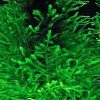
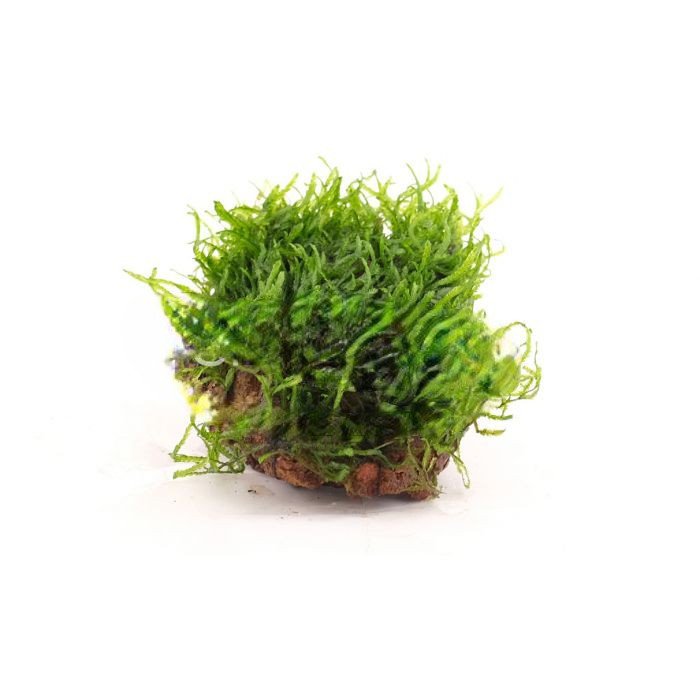
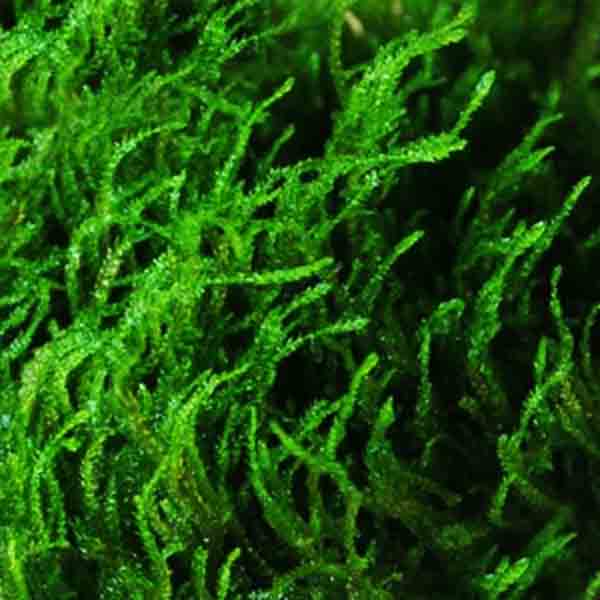
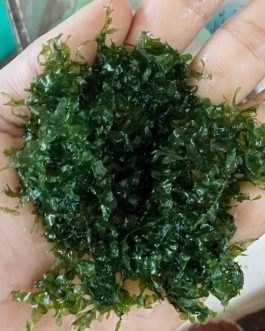

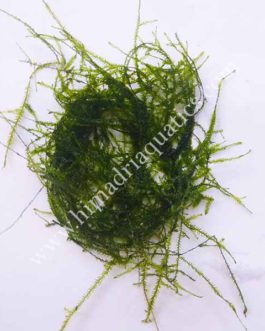
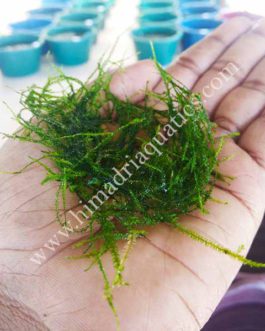
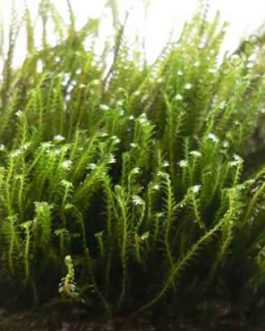
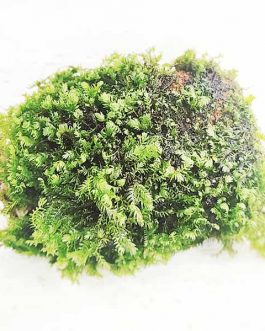
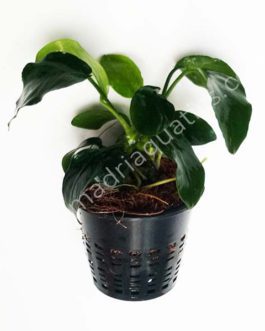
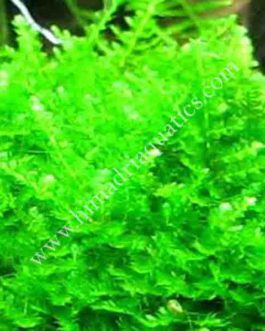
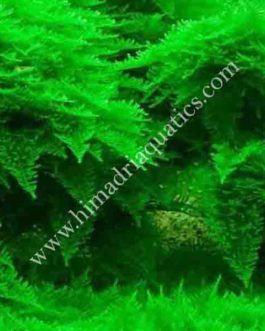
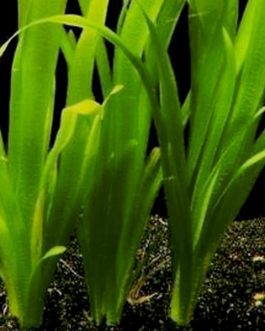
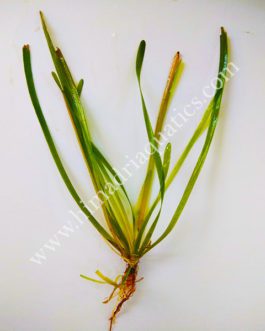
Reviews
There are no reviews yet.